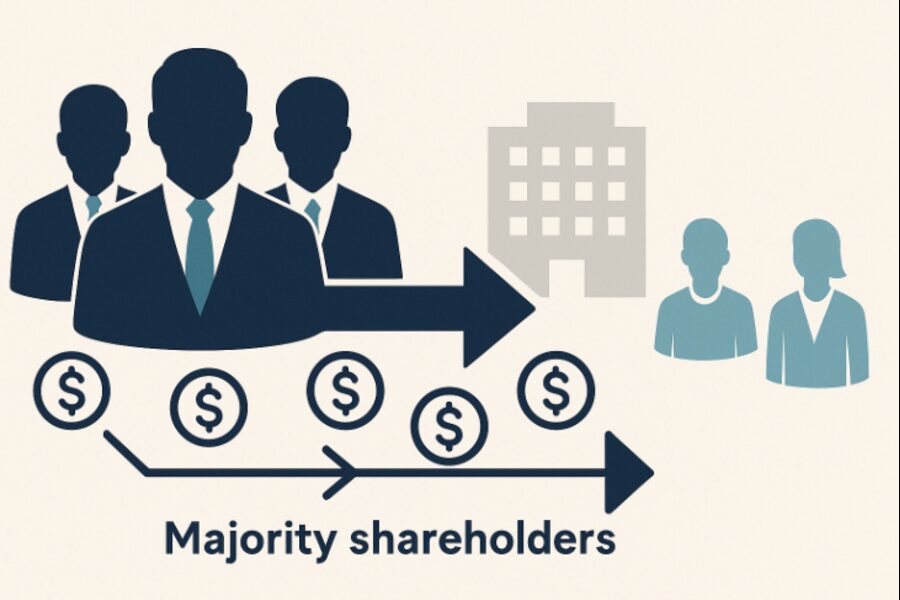In corporate finance and mergers and acquisitions (M&A), drag-along rights are pivotal provisions that facilitate smoother ownership transitions. These rights empower majority shareholders to compel minority shareholders to join in the sale of a company, ensuring that potential buyers can acquire full ownership without impediments. This article delves into the intricacies of drag-along rights, elucidating their function, legal framework, and significance in M&A transactions.
Definition and Purpose
Drag-along rights are contractual clauses typically embedded in shareholder agreements. They grant majority shareholders the authority to “drag” minority shareholders into the sale of the company, compelling them to sell their shares under the same terms and conditions as the majority. This mechanism is designed to prevent minority shareholders from obstructing a sale that the majority deems beneficial, thereby streamlining the transaction process.
Legal Framework
Drag-along rights are grounded in contractual law and are enforceable when properly documented in a company’s governing agreements, such as the shareholders’ agreement or articles of association. The enforceability of these rights often depends on:
- Triggering Events: Typically, a sale, merger, or acquisition that meets certain criteria activates the drag-along provision.
- Threshold Ownership: A specified percentage of shareholder approval (commonly over 50%) is required to invoke the drag-along rights.
- Notice Requirements: Majority shareholders must provide timely and adequate notice to minority shareholders about the impending sale and the invocation of drag-along rights.
Failure to adhere to these stipulations can render the drag-along rights unenforceable, as evidenced in legal cases such as Halpin v. Riverstone National, Inc.
Function in M&A Transactions
In M&A scenarios, buyers often seek to acquire 100% ownership of a target company. Drag-along rights facilitate this by ensuring that minority shareholders cannot block the sale. By compelling all shareholders to sell their stakes under identical terms, these provisions eliminate potential holdouts and legal disputes, thereby making the company more attractive to prospective buyers.
Notable Examples
While specific details of drag-along rights in high-profile deals are often confidential, the acquisition of WhatsApp by Facebook in 2014 serves as an illustrative example. In this transaction, the presence of drag-along rights likely facilitated Facebook’s ability to acquire the entire company without opposition from minority shareholders.
Considerations for Minority Shareholders
Although drag-along rights can expedite sales, they may also raise concerns for minority shareholders, such as:
- Loss of Autonomy: Being compelled to sell shares may conflict with personal investment strategies.
- Valuation Disputes: Disagreements may arise over the fairness of the sale price.
To mitigate these concerns, minority shareholders often negotiate protective measures, including:
- Minimum Price Guarantees: Ensuring a baseline return on investment.
- Board Approval Requirements: Mandating that the company’s board endorses the sale.
- Tag-Along Rights: Allowing minority shareholders to join in a sale voluntarily, rather than being compelled.
Conclusion
Drag-along rights are critical tools in corporate governance, balancing the interests of majority and minority shareholders during significant transactions. By understanding and carefully negotiating these provisions, stakeholders can ensure equitable treatment and facilitate successful mergers and acquisitions.

